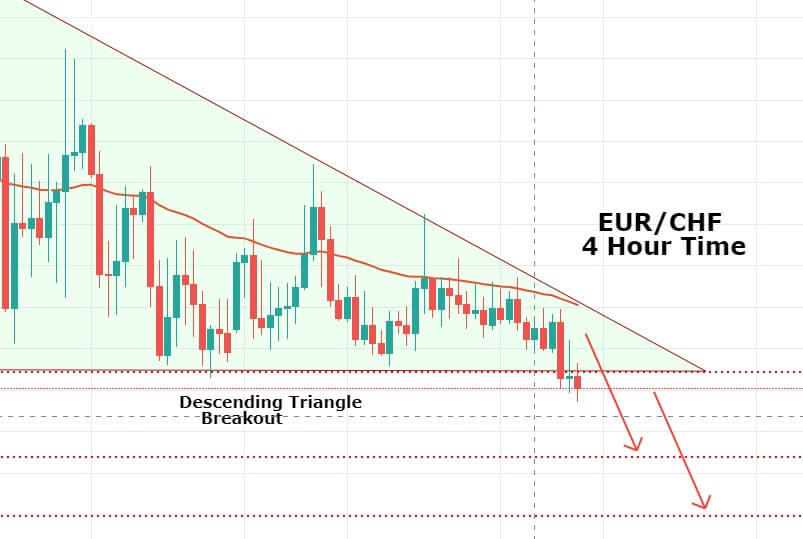NEWS COMMENTARY
Trade war
Trade talk efforts between the U.S. and China cooled after U.S. President Donald Trump suggested that he was “under no pressure to make a deal with China, they are under pressure to make a deal with us”, Beijing was quick to shrug off the claim.
“The Trump administration should not be mistaken that China will surrender to the U.S. demands,” state run China Daily published on Friday.
“It has enough fuel to drive its economy even if a trade war is prolonged,” the paper insisted.
Retail sales data
Coming after Thursday’s weaker-than-expected inflation data, shopping takes the spotlight in economic indicators with numbers on retail sales and consumer sentiment arrived soft as well, as retail sales came 0.1% under expectations of 0.4%, with core retail sales followed it to 0.3% less than forecast 0.5%. Increasing concerns that the Federal Reserve could ease its monetary policy.
Surging sterling
The pound hit a six-week high against the dollar on Friday as Bank of England governor Mark Carney reportedly warned that a no deal Brexit would likely mean higher interest rates.
Carney warned that if the UK and European Union were unable to forge trade deals that the result could be as bad as the 2008 financial crisis, driving the pound lower. The corresponding increase in inflation would likely require the BoE to tighten policy.
Oil
Oil prices recovered on Friday from the prior session’s sharp decline and remained on track for solid weekly gains as investors looked ahead to the latest gauge of U.S. production.
Both barrels were still on track for weekly gains of 1.8% and 2.0%, respectively, as traders await the latest data on U.S. crude production from Baker Hughes.
The U.S. rig count, an early indicator of future output, rose by 2 to 862 last week, hovering near its highest levels since March 2015.
CHART ANALYSIS
DAX
On the daily chart, we can see that the price had a bearish rally for the past six weeks until it reached the key support zone of 11900.8-11742.4
It’s also the lower side of the descending channel along with 88.6% Fibonacci
The price is technically expected to have its way up back again to the key resistance level 12582.46 which is the top of descending channel and the broken ascending trend
OIL
On the daily chart, the price is moving sideways between the support area 66.2-64.15 and the resistance area 74.45-72.45
After breaking the ascending trend, the price turned back to this support zone with bounce from an ascending trend as shown
The price now is retesting this zone with price action “pin bar”, to have a bullish movement again
So, it’s expected to go up to the resistance zone of 72.45-74.45
EUR/CHF
On the daily chart, the price is facing a punch of support levels that would it hike again due to:
firstly the key support zone 1.127-1.119, secondly the reversal pattern “wedge”, third the AB=CD harmonic pattern, and finally the divergence on RSI
the price is supposed to meet its first target at 1.1435
GBP/CHF
On the daily chart, the price had bounced from the key support level at 1.247 with engulfing price action, to reach the dash resistance level at 1.271 to retrace from it to 1.2595
the price is about to shape the second shoulder of the H&S reversal pattern, it will be assured if the price breaks through 1.271
followed by divergence on RSI, the price is expected to reach the resistance level 1.285 where to meet the upper edge of the descending channel









